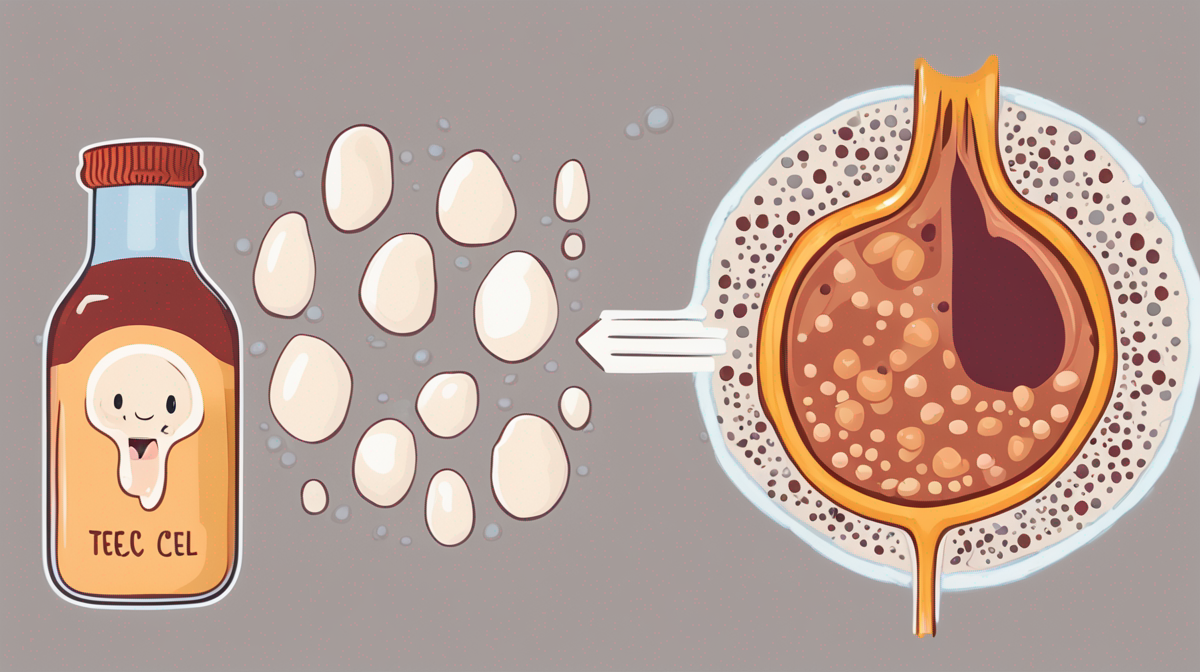
Dairy products are a staple of most diets worldwide. Yet, there is a brewing controversy about their role in the development of fatty liver disease. This article aims at demystifying the complex relationship between dairy consumption and the susceptibility to fatty liver disease.
What is Fatty Liver Disease?
Fatty liver disease, also known as hepatic steatosis, is a term that encompasses a group of conditions characterized by an excessive accumulation of fat in the liver cells. It is divided into two types: non-alcoholic fatty liver disease (NAFLD) and alcoholic fatty liver disease (AFLD). NAFLD is most common and primarily caused by poor nutrition, sedentary lifestyle choices, obesity, and metabolic syndrome, often coexisting with Type 2 diabetes.
The Dairy Dilemma: Beneficial or Harmful?
For years, concerns have been raised about the intake of dairy products, largely due to their high fat content. Excessive fat consumption, particularly of the saturated variety found in most dairy foods, has been linked with numerous health problems, including obesity and heart disease. However, the association between dairy food intake and fatty liver disease is not linear and simple.
Supporting Evidence for Dairy Consumption
Some studies suggest a protective effect of dairy against fatty liver disease. An analysis featured in the Journal of Hepatology showed that full-fat dairy consumption might relate to lower liver fat content and reduced incidence of NAFLD. These benefits have been attributed to the presence of bioactive compounds in dairy that combat inflammation and insulin resistance, two key factors aggravating NAFLD.
Conversely, the Apprehension Around Dairy
On the other hand, concerns persist about dairy’s potential promotion of fatty liver disease primarily due to its high levels of cholesterol and saturated fats. It is believed that consuming too much of these can exacerbate excess liver fat, possibly leading to NAFLD. More research is sought to establish this standpoint with substantial evidence.
What Does This Mean For Your Diet?
The apparent contradiction in research illustrates the complexity of the relationship between dairy and fatty liver disease. Consequently, health practitioners usually recommend a balanced approach to dairy consumption.
Opt for low-fat dairy options to keep your saturated fat and cholesterol intake in check. Also, consider including other rich sources of calcium and Vitamin D in your diet to ensure you’re getting these essential nutrients commonly found in dairy. Gradual changes to your lifestyle including regular physical activity and healthy balanced meals can considerably reduce the risk of fatty liver disease.
Final Thoughts
The connection between dairy and fatty liver disease is intricate and far from completely resolved. What’s important is that we focus on maintaining a balanced diet and lifestyle, considering our personal health status and unique nutritional needs. Further, always consult with a healthcare professional before making significant changes to your diet or lifestyle.
Continue to keep yourself abreast of new research findings on this compelling topic and make informed dietary choices for your optimal health.
